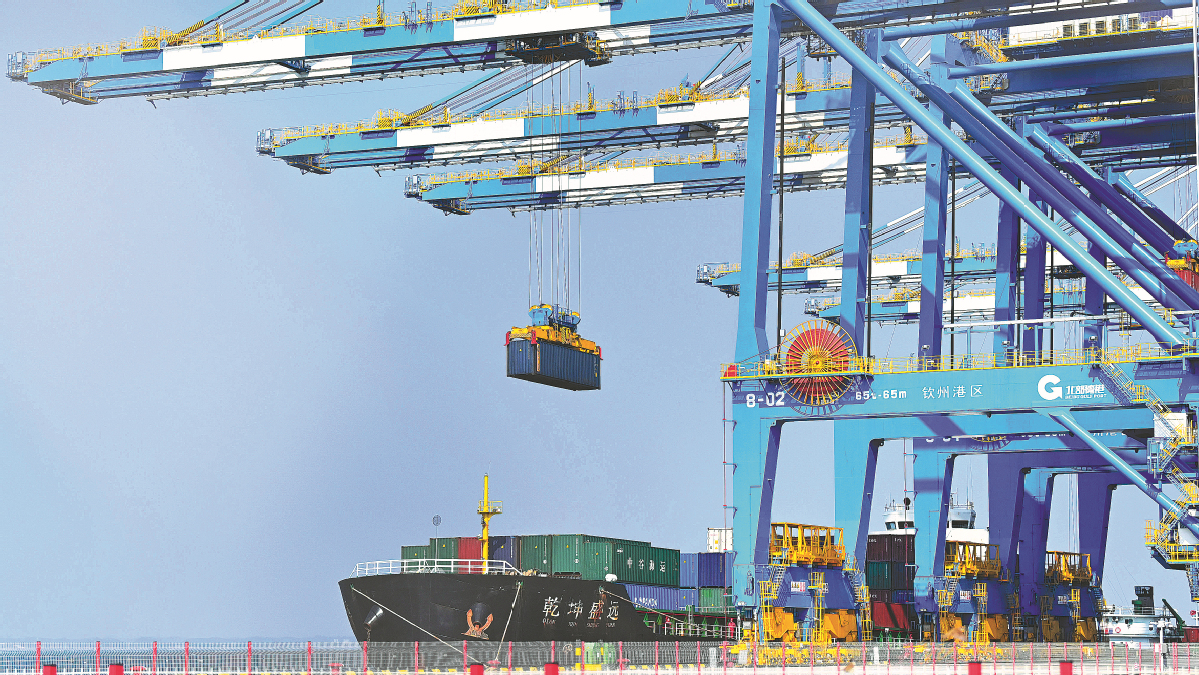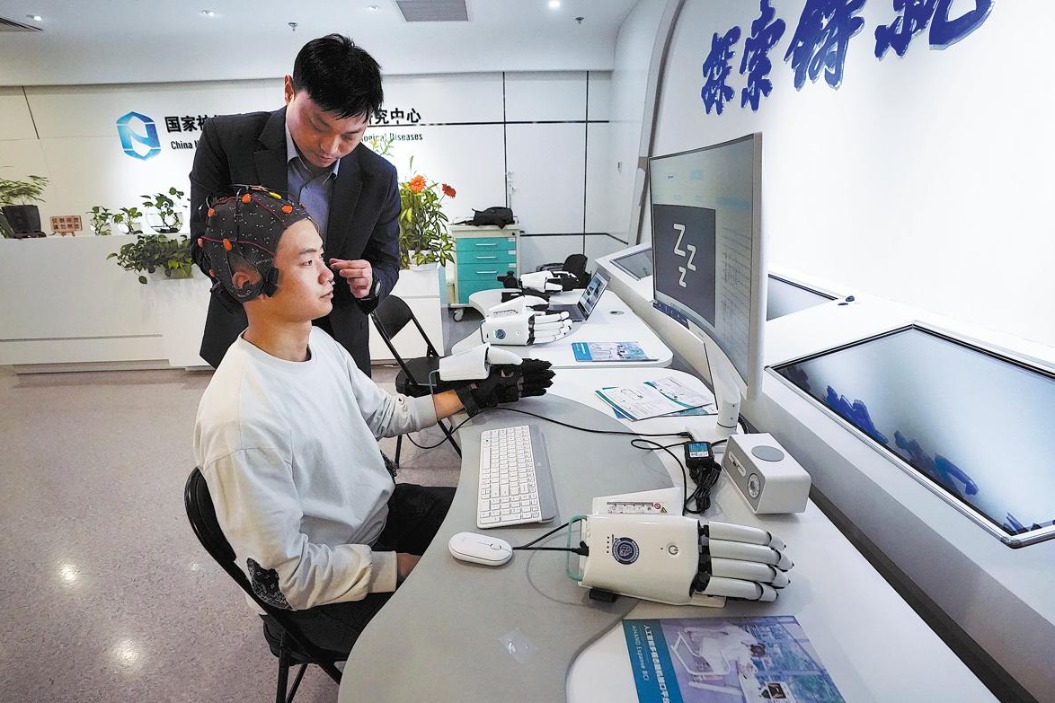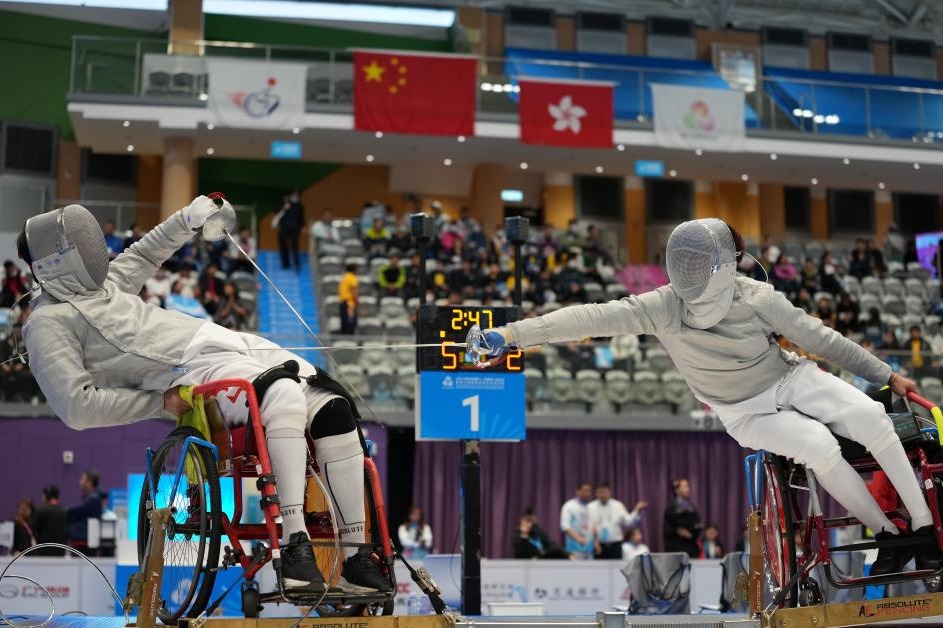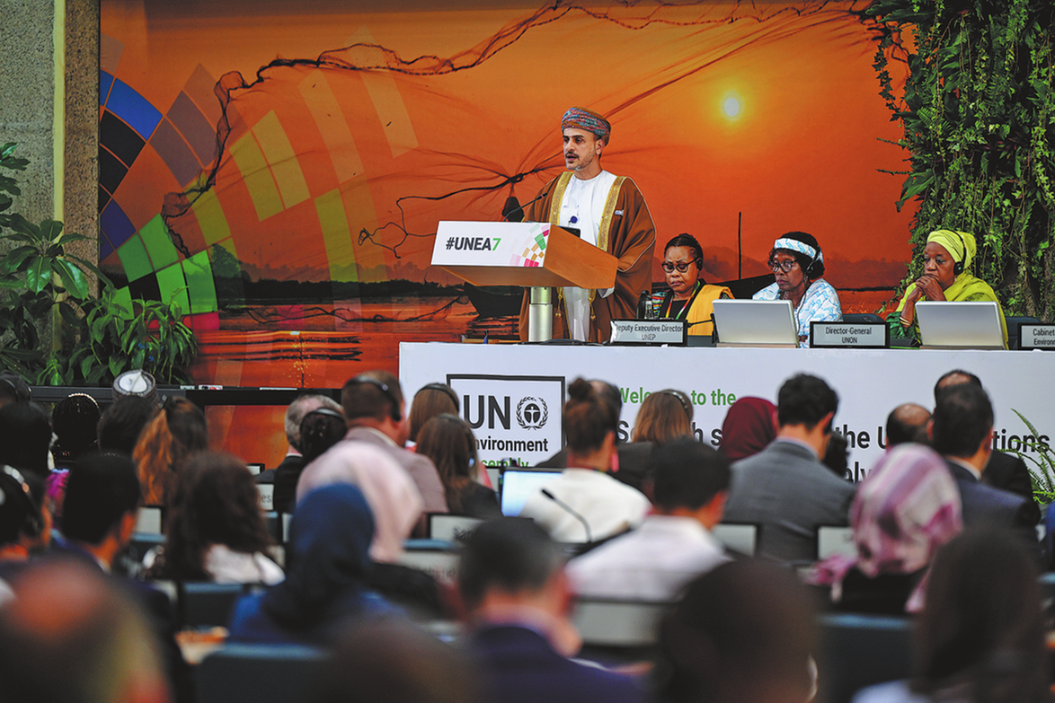Initiative offers lessons for international community
By Francisco Jose Leandro | China Daily Global | Updated: 2023-11-24 09:26

The Belt and Road initiative, which is celebrating a decade of existence, has been developing, expanding and extending its reach from the physical domain to several nonmaterial dimensions.
It has been the subject of attention of political leaders, media, scholars, international organizations, and public and private economic agents. The Belt and Road, after 10 years of operation, now echoes the status of the ancient Silk Road, and has elevated its branding power and become one of the largest protagonists and practitioners of modern globalization.
The establishment and evolution of this China-proposed global access initiative has taught the international community a number of lessons. Among them, two are inspiring and revealing: First, the BRI has an important worldwide dimension, which has led a number of global power contenders to take parallel steps, building on similar ideas. The existence of these similar steps, mimicking the original BRI concept, is an implicit recognition of the importance and validity of the BRI. The second lesson is that the BRI not only has been developing, expanding and extending its reach, but also is a leading cooperation mechanism propelling modernization as a new form of economic globalization.
In relation to the projects that mimic the BRI, India and Japan put forward in 2016 the Asia-Africa Growth Corridor, while the United States, Australia and Japan advanced the Blue Dot Network in 2019. In 2021, the G7 launched the Build Back Better World initiative, together with an investment fund designated as the Partnership for Global Infrastructure and Investment, while the European Union established the Global Getaway. These initiatives have achieved different stages of global engagement, in some cases with very limited success, but they all share a desire to project values on a global scale and push for different perspectives of influence on globalization.
European Commission President Ursula von der Leyen has said that the Global Gateway supports "smart investments in quality infrastructure, respecting the highest social and environmental standards, in line with the EU's values and standards. The Global Gateway strategy is a template for how Europe can build more resilient connections with the world." As the latest of such initiatives, the India-Middle East-Europe Economic Corridor was unveiled this year at the G20 summit in New Delhi by France, Germany, India, Italy, Saudi Arabia, the United Arab Emirates, the US and the European Commission.
In relation to the BRI's role in propelling modernization, it has been observed that the Belt and Road has contested the monopoly of post-World War II-style globalization, as it has captured the interest and engagement of an overwhelming number of partners around the world, particularly in the developing Global South.
At the opening ceremony of the recent third Belt and Road Forum for International Cooperation in Beijing, President Xi Jinping emphasized that Belt and Road cooperation "has expanded from physical connectivity to institutional connectivity. Important guiding principles for high-quality Belt and Road cooperation have been laid down, which include the principle of 'planning together, building together, and benefiting together,' the philosophy of open, green and clean cooperation, and the goal of pursuing high-standard, people-centered and sustainable cooperation".
One of the strongest arguments for the BRI, besides its size and economic leverage, is its unequivocal contribution to the United Nations' 2030 Agenda for Sustainable Development. The Belt and Road, like the competing initiatives, envisages connecting markets and production centers around the world to promote the unimpeded flow of goods, in addition to raising social capital. All of them also carefully consider the rationale of environmental, social and governance funds to promote sustainable growth.
What is different about the BRI compared with the other initiatives is the fact that the BRI, since its inception in 2013, has not only continuously adapted itself to new challenges such as promoting digitalization, higher standards of quality, transfer of technology, industry efficiency, agricultural sustainability, energy security, modern finance and governance modernization, but has also promoted supplementary initiatives such as the China-proposed Global Security Initiative, Global Development Initiative and Global Civilization Initiative.
Moreover, the BRI does not present itself as a pattern of a pre-established rationale of modernization and globalization to be accepted and followed by current and potential partners. It rather presents a conglomerate of intertwined viewpoints.
The BRI is a framework initiative that sets an innovative worldwide vision, seeking market access and promoting economic globalization as an alternative to the US-led, monopolized economic order. Indeed, the BRI is a leading initiative precisely because it is global (all inhabited continents are involved), it is a cooperative framework, it is normative (other global powers are mimicking it), and it envisages modernization and joint transformation based on a shared vision.
The views do not necessarily reflect those of China Daily.
The author is an associate professor at the University of Macau.
























